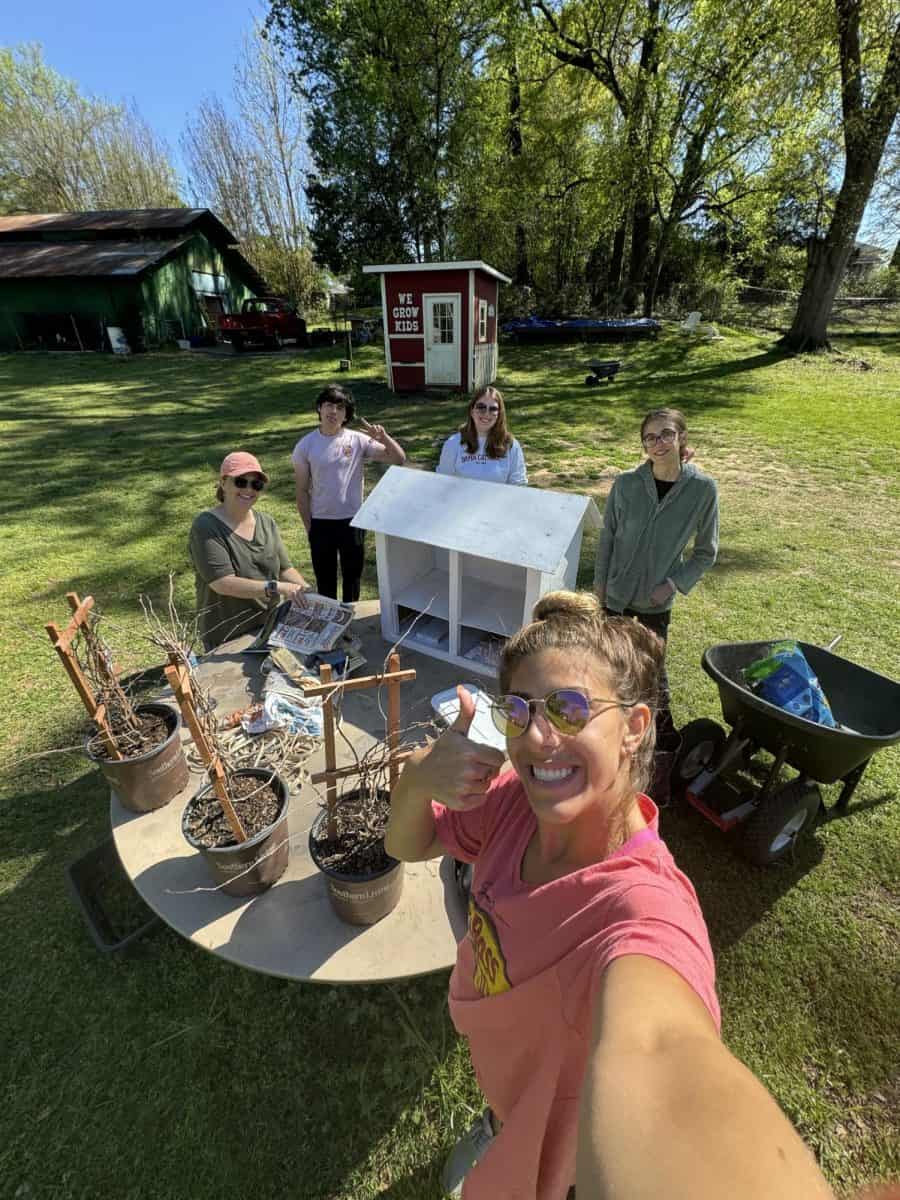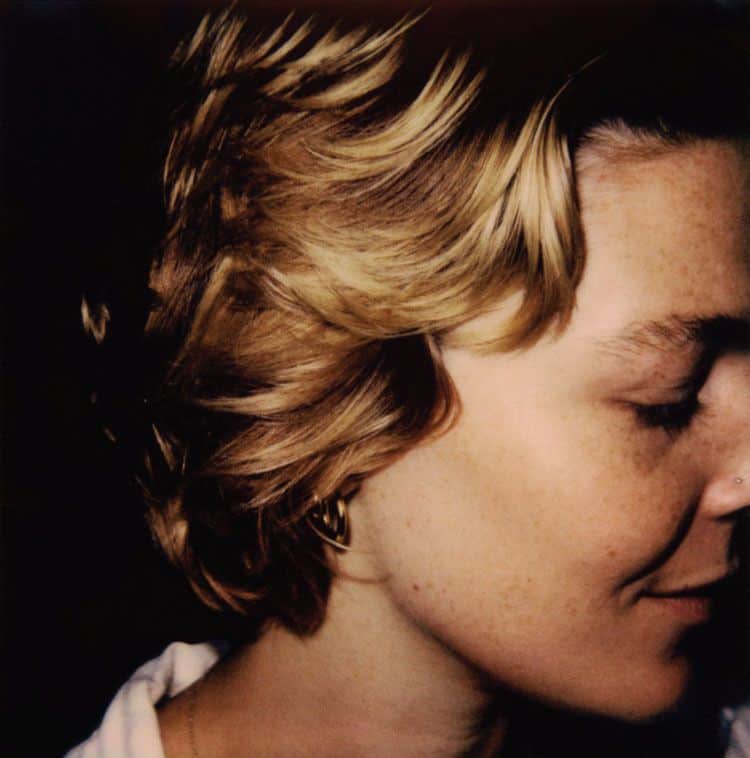When many of us look at a balloon, we see a simple party decoration, a bubble of air encased by a thin layer of latex. When experimental music composer and performer Judy Dunaway looks at a balloon, she sees a work of art, a source of captivation and a musical instrument with endless creative possibilities – possibilities she’ll share with The University of Alabama at her performance Wednesday in Moody Music Building.
From an early age, Dunaway had an affinity for experimental and avant-garde music.
“I was always attracted to odd tunings and natural sounds when I was a child,” Dunaway said. “I remember hearing a cut from John Lennon and Yoko Ono’s ‘Wedding Album’ when I was a little kid and being fascinated by it.”
Dunaway first started experimenting with latex balloons in the late 1980s by pressing them against the strings of her electric guitar, a method known as preparation. She soon realized the balloon’s potential as a solo instrument, and when a shoulder injury forced her to give up the guitar, she devoted her full attention to the balloon.
The AIDS crisis of the 1980s and 1990s contributed to the balloon’s allure, Dunaway said.
“A lot of my friends died from AIDS,” Dunaway said. “It was discovered that condoms could prevent transmission of the disease. This gave latex almost a mystical, magical power to me. I was making music with the substance that was saving lives.”
In her more than 30 balloon compositions, Dunaway creates music by manipulating the balloon in a variety of ways. She can create different types of sounds by rubbing an inflated balloon, letting air into and out of the balloon, using different sizes of balloons and more. Her Balloon Symphony No. 2, which she will perform Wednesday, uses audience participation to combine sounds from hundreds of balloons.
“Balloons are capable of unique sounds that no other instrument can make,” Dunaway said. “They also fit the experimental music ideal in that they are uncontrollable, unpredictable and volatile.”
Dunaway’s performance marks the most recent installation of the Sonic Frontiers concert series, created in 2011 by assistant New College professor Andrew Raffo Dewar to showcase experimental and avant-garde music.
Dewar said most of Sonic Frontiers’ early shows focused on experimental music from the jazz tradition, but he has since been trying to expand the series’ horizons to include music from other genres.
“I think [Dunaway’s] work is among the most unique and bold music I’ve heard,” Dewar said. “I wanted to stretch the bounds of what Sonic Frontiers has been presenting, and to challenge our audience with sounds they have likely never heard before.”
Experimental compositions often lack elements that people tend to associate with music, including melody, harmony, beat and the basic verse-chorus song structure; however, Dewar said music is infinite and shouldn’t just be defined in the traditional sense.
“Each individual has their own self-imposed limits on what they consider music,” Dewar said. “I believe music is a way of listening – we’ve all listened to birdsong as music, even though it’s technically just the way they communicate. I think this way of listening can and should be extended to all sounds, as a way to learn more about and enjoy the textures, colors, rhythms and possibilities of sound and music in our world.”
Dunaway said having an open mind is the key to appreciating this realm of music.
“The Germans sometimes call experimental music ‘difficult music,’” Dunaway said. “Not so much because it’s difficult to listen to, though it might be for some people, but because it’s difficult to understand. You have to be open to a different kind of listening.”
Dunaway will perform Wednesday at 7 p.m. in the Moody Music Building Recital Hall. The concert will feature an interactive performance of her Balloon Symphony No. 2.






